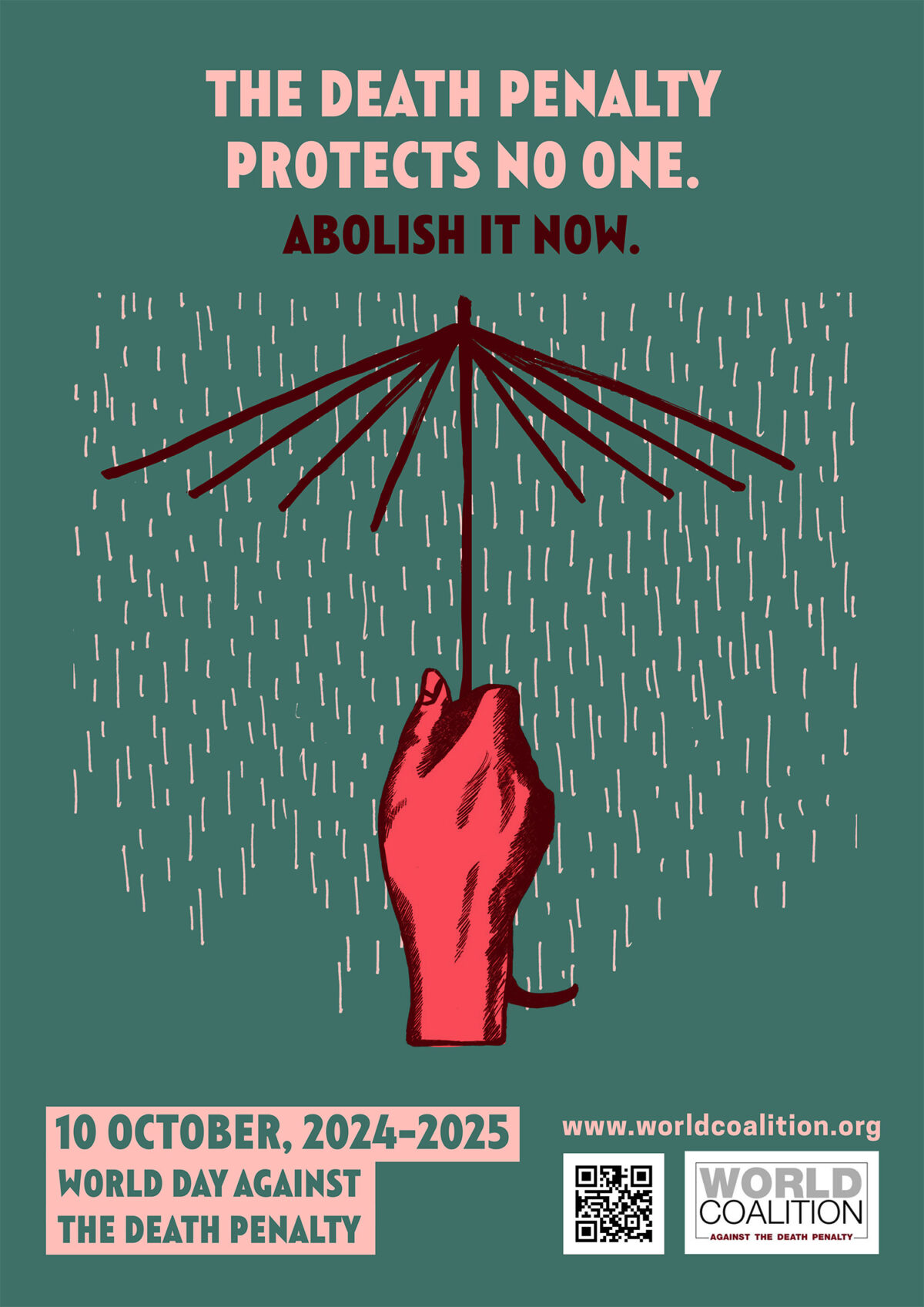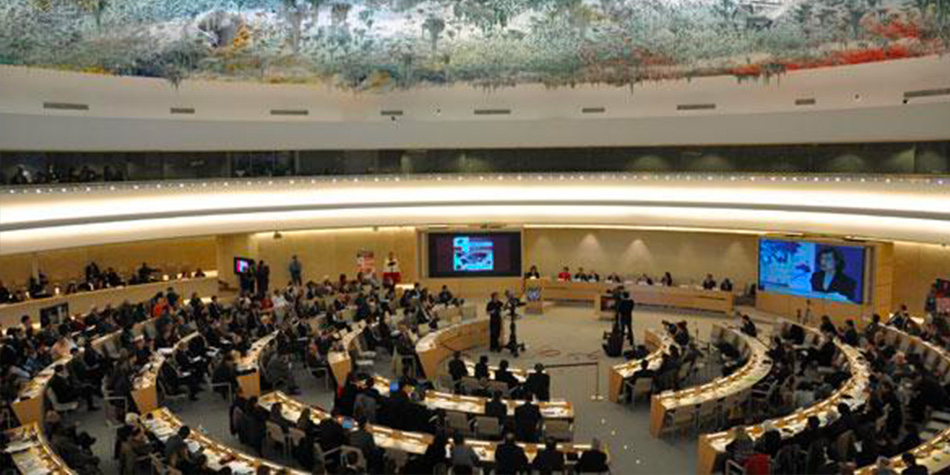E Book review: a guidebook to the death penalty in Asia
The Next Frontier is a study of the death penalty in Asia. The title derives from the belief of the authors that “Asia is the next frontier in the two century debate about state execution as a criminal punishment.”
The basis for the identification is that 60 per cent of the world’s population and 90 per cent of the world’s executions are located here.
The methodology employed in the book is the quantification of aspects of the death penalty on a regional and temporal scale, though data in the region is sometimes unreliable, if not deliberately falsified.
The authors thus succeed in making some sense of the dark secrets of China’s practice by substituting words such as “little”, “much” or “more”, presenting us with tentative alternatives for interpretation until more data becomes available.
The Next Frontier is a handbook that contains an immense amount of data on the death penalty in Asia, for the most part updated to 2008, making it an essential reference work.
For whom? Well, no doubt for scholars on the subject. But the clear and accessible style makes it useful to all those concerned with the death penalty, especially those in government, legal personnel and above all activists engaged in the struggle to banish the death penalty.
A Philippine lawyer involved with an association representing relatives of the condemned told me of the interest of those with little formal education who were motivated to consult and use, on their own initiative, even scholarly works on the death penalty. The present work can add to the armoury of such persons.
“Only authoritarian governments use execution with any frequency”
From the beginning the authors assert their thesis that the death penalty has “little or no importance for crime control”, and that levels of execution depend on the nature of political regimes: “Only authoritarian governments use execution with any frequency.”
The book’s first part considers “Issues and Methods”, providing an overall survey of the extent and practice of capital punishment in Asia.
A second part consists of “National Profiles” on the death penalty in Japan, the Philippines, South Korea, Taiwan and China. A final section draws lessons from the case studies and comments on the pace of change and prospects for abolition in the region.
Shorter summaries of the death penalty in seven Asian countries and autonomous regions are consigned to appendices, as is a discussion of extrajudicial killings.
The index most used by the authors to assess the practice of capital punishment is the annual rate of execution per million inhabitants of a country. The index allows comparison between countries and over time, allowing, for example, miniscule Singapore to be dragged to the dock and indicted next to China, the world’s recognised arch-executioner.
A central table in The Next Frontier displays practicing countries in a format that greatly aids interpretation: 14 nations are classified into four categories: Operational (higher than one per million), Exceptional (higher than one per ten million), Nominal (higher than one per 25 million), and Symbolic (less than one per 25 million).
The categorisation provides an invaluable tool for the planning of strategies for abolition and in measuring progress.
The authors rightly reject the obfuscation of “Asian values”. However, a revealing remark in one footnote, in reference to India, rather circumspectly concedes the possibility that it might be necessary to abandon the methods of statistical social science in favour of the more primitive techniques of the narrative historian.
Cultural and religious motivations
But for those lobbying for abolition of the death penalty, we need to understand and foster motivation that is likely to be cultural or religious in nature.
The authors relate the Buddhist motivation of Seiken Sugiura, who as minister of justice in Japan refused to authorise any death warrant, and the influence of Korean presidents who had themselves experienced the death sentence.
The authors are greatly optimistic for future progress towards abolition in the Asian region. While truculent Singapore continues to beat the drum of an exclusive right to execute as many of its own citizens (and unfortunate foreigners) as it deems necessary, the view to the East in general is bright.
The number of executions is declining steadily, even in China. South Korea has breached the landmark of a 10-year moratorium and seems likely to become a regional leader in abolition. Taiwan may be next, and Japan too is showing a positive long-term tendency.
Taiwan and Malaysia have moved into the category of “symbolic” executions. Vietnam and China have declared their intention of eventual abolition. Most difficult of all is to estimate the rate of progress.
On the road to ending capital punishment The Next Frontier will be a valuable vade mecum. One may confidently expect that future editions will update and track progress to restrict the frontier and to lead to its rapid disappearance.
The Next Frontier: National Development, Political Change and the Death Penalty in Asia, by David T. Johnson and Franklin E. Zimring, Oxford University Press, 544 pp, $35.
Click here for options to buy the book online







